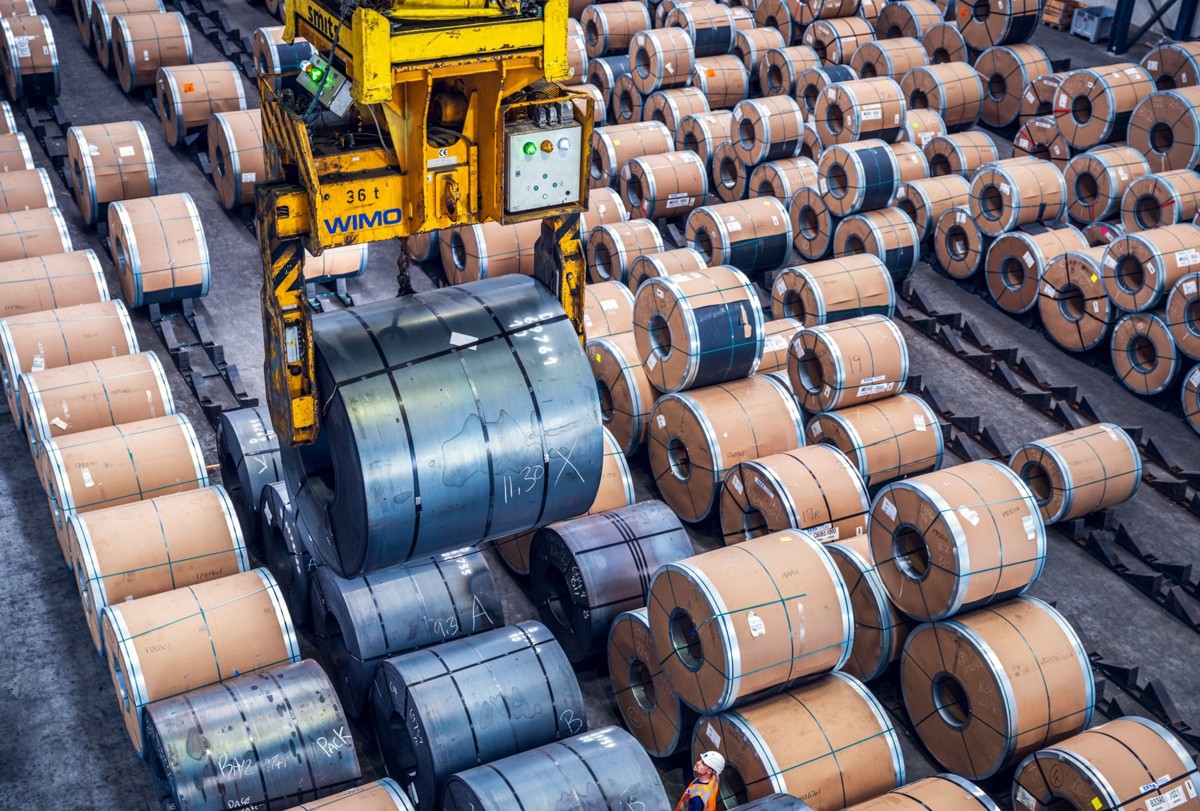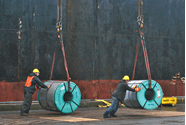Mexico
April 21, 2024
Leibowitz: Unpacking Biden's big announcements on steel and trade
Written by Lewis Leibowitz
Last week gave us a glimpse into the effect of the 2024 election campaign on trade policy. In a major announcement, the Biden administration pressed the US Trade Representative (USTR) to triple certain Section 301 tariffs on steel and aluminum.
It’s a lot to unpack. You can find the full text of the announcement here.
The president also announced that USTR had initiated a new Section 301 investigation into China’s alleged unfair practices in the shipbuilding, maritime, and logistics industries. That announcement followed a petition by five labor unions. The petition alleges that China’s policy aim is to dominate these important global commercial activities.
The administration statement in addition doubled down on the president’s earlier promise to keep U.S. Steel American-owned and American operated. That implicitly opposes the agreement between U.S. Steel’s management and Nippon Steel to sell 100% of U.S. Steel’s stock to Nippon. That deal was overwhelmingly approved by U.S. Steel’s shareholders on Friday, April 12.
There’s more: the Biden administration will speak with Mexico about its growing apprehension that Chinese steel exports and those from “others” are evading Section 232 or Section 301 tariffs. The administration alleges that they are doing so by transshipping through Mexico to the United States.
Finally, the president announced grants to Cleveland-Cliffs and others to support six “clean steel” projects. The facilities receiving grants include Cliffs’ production facility in Lyndora, Pa. It makes high-silicon grain-oriented electrical steel critical in the production of power and distribution transformers. It is the only such plant in the US at present.
Cliffs received another $500 million for a demonstration project on hydrogen-ready steelmaking. The other four projects, totaling a maximum of about $900 million, were awarded to four different companies. U.S. Steel did not receive any grants from the Department of Energy.
For those with an appreciation for irony, two of the projects (accounting for more than half the funds) were awarded to SSAB Americas ($500 million), whose parent company is based in Sweden, and Vale USA ($282 million), whose parent company is based in Brazil. These investments highlight the contributions of foreign investors in the US economy.
The Biden announcement came along with a visit by president made to the headquarters of the United Steelworkers (USW) union in Pittsburgh. During his speech there, the president practically (although not quite explicitly) vowed to block the acquisition of U.S. Steel by Nippon Steel.
As I said, a lot to unpack.
I have not seen a list of the 30-plus steel-related AD/CVD cases since 2021 mentioned in the announcement. But it sounds like a lot. Most of these, of course, resulted from private petitions. And periodically there are a flurry of these cases when the steel industry turns down.
The announcement also asserted that “nearly 27 investigations into anti-competitive actions by Chinese exporters” have been conducted by the Commerce Department. Again, I have not seen a list. It might be an increase from the Trump administration, but I would be surprised by that.
Some have dismissed the announcements as “small potatoes.” Protectionism advocates, of course, want more than what the president has announced.
The “tripling” of Section 301 tariffs on imports of steel and aluminum from China will not make too much difference to trade volumes. Steel mill product imports from China (Chapter 72 of the harmonized tariff schedule) were about $540 million in 2023. For the first two months of 2024, imports were down about 62% from the same period in 2023. That was before the announcement.
But if USTR intends to include products made from steel (Chapter 73 of the tariff schedule), the impact could be much greater. Imports of “articles of steel”- such as pipe and tube, fasteners, and steel grates – totaled $10.6 billion in 2023. The same situation exists on the aluminum side, but more so. More than two-thirds of trade value in aluminum products based on 2023 numbers are in categories where tariffs are 7.5%. (About $1.5 billion of imported aluminum are on List 4A.)
Many of these products are not made in the US in adequate quantities to satisfy domestic demand. Some are not made in the US at all. The Section 301 exclusion process is no longer active. All granted exclusions expire on May 31.
That process could determine whether US manufacturers and consumers would suffer more harm from the tripling of those tariffs (as well as the extension of the existing 25% tariffs). The products subject to 7.5% tariffs (List 4A) currently include many, but not all, products from both Chapter 72 and Chapter 73. The wording of the president’s announcement leaves room for many options regarding the continuation of the Section 301 tariffs.
As a matter of law, USTR has the authority to raise the tariffs as part of a four-year review of Section 301 remedies that started in 2022. Last week, USTR Katherine Tai declared before Congress that the review was almost done. She specifically mentioned interagency issues regarding exclusions.
The question remains whether the US will be helped or harmed by the continuation of Section 301 tariffs and, in particular, by the tripling (or more) of tariffs on steel and aluminum.
One clear winner is Cleveland-Cliffs, which got the focus on China that it wanted, plus nearly $1 billion in support payments for clean technology. These process changes are still preliminary and experimental. But money is fungible.
Less certain is the impact on steel-using manufacturers and their supply chains. Imports are essential to the US market, as I’ve pointed out before. Steel users employ about 80 times the workers as steel producers. And helping steel producers does not necessarily help steel consumers. Tariffs are not a good idea if inflation is to be tamed. They are regressive taxes that hit the poor the hardest.
A lot will depend on how robust the exclusion process will be under the renewed 301 tariffs. If exclusions are readily available for products not made in the US, or not made in sufficient quantities, the tariffs might not hurt too much. If that does not happen, many steel and aluminum users could be headed for the exits.
Editor’s note: This is an opinion column. The views in this article are those of an experienced trade attorney on issues of relevance to the current steel market. They do not necessarily reflect those of SMU. We welcome you to share your thoughts as well at info@steelmarketupdate.com.







